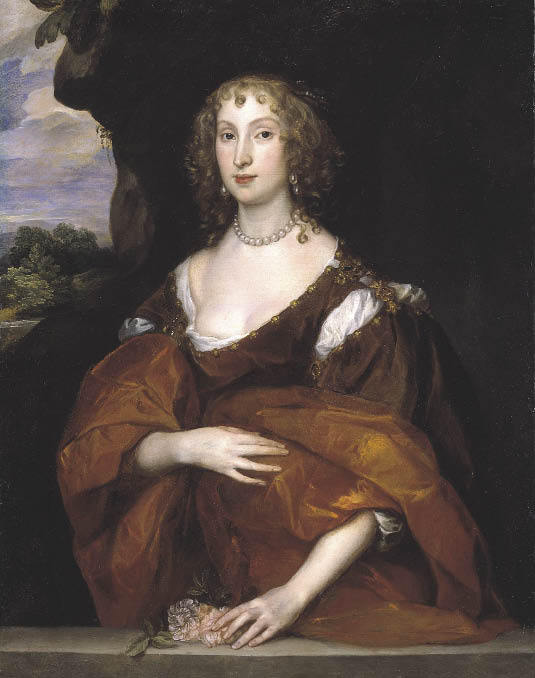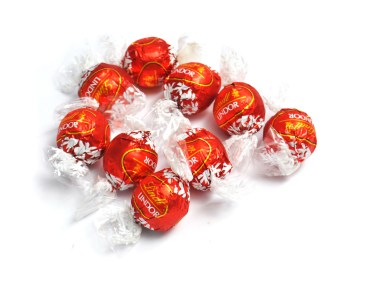Van Dyck and Britain
Tate Britain, until 17 May
In the course of my work last week, which included attending the press view of van Dyck at the Tate and visiting a couple of artists’ studios, one in north London and one in Oxfordshire, I found myself thinking about the current state of exhibition catalogues. This train of thought was encouraged by having to carry the van Dyck catalogue around for two days, on and off public transport, along with the more essential items of the itinerant writer’s kit. I say ‘more essential’ because catalogues have become less useful as they’ve grown more unwieldy and overblown. These days they are not produced to serve the exhibition-going public, but solely to fill the coffers of the publishing department of the institution mounting the exhibition. For these departments are now run as separate businesses and must be seen to make fat profits.
Hasn’t this always been the case? No, the publishing of catalogues was previously a more modest operation, intended to serve scholarship and actually to enlighten members of the public. Before the advent of cheap colour printing, reproductions were few and in black and white. Texts were short and often concise. I’m certainly not against good colour illustrations, but what I am against is the production-line of vast catalogues, usually full of unreadable academic essays which languish self-importantly on coffee tables. How many are ever read, even if the texts are comprehensible and excitingly written? These obese publications need to be slimmed down, an operation particularly appropriate to the period of austerity we are entering. A smaller, more easily portable catalogue, with a good selection of reproductions and a couple of short and piquant esays would be infinitely preferable to the bloated monsters the public is asked to pay £30 for.








Comments
Join the debate for just £1 a month
Be part of the conversation with other Spectator readers by getting your first three months for £3.
UNLOCK ACCESS Just £1 a monthAlready a subscriber? Log in